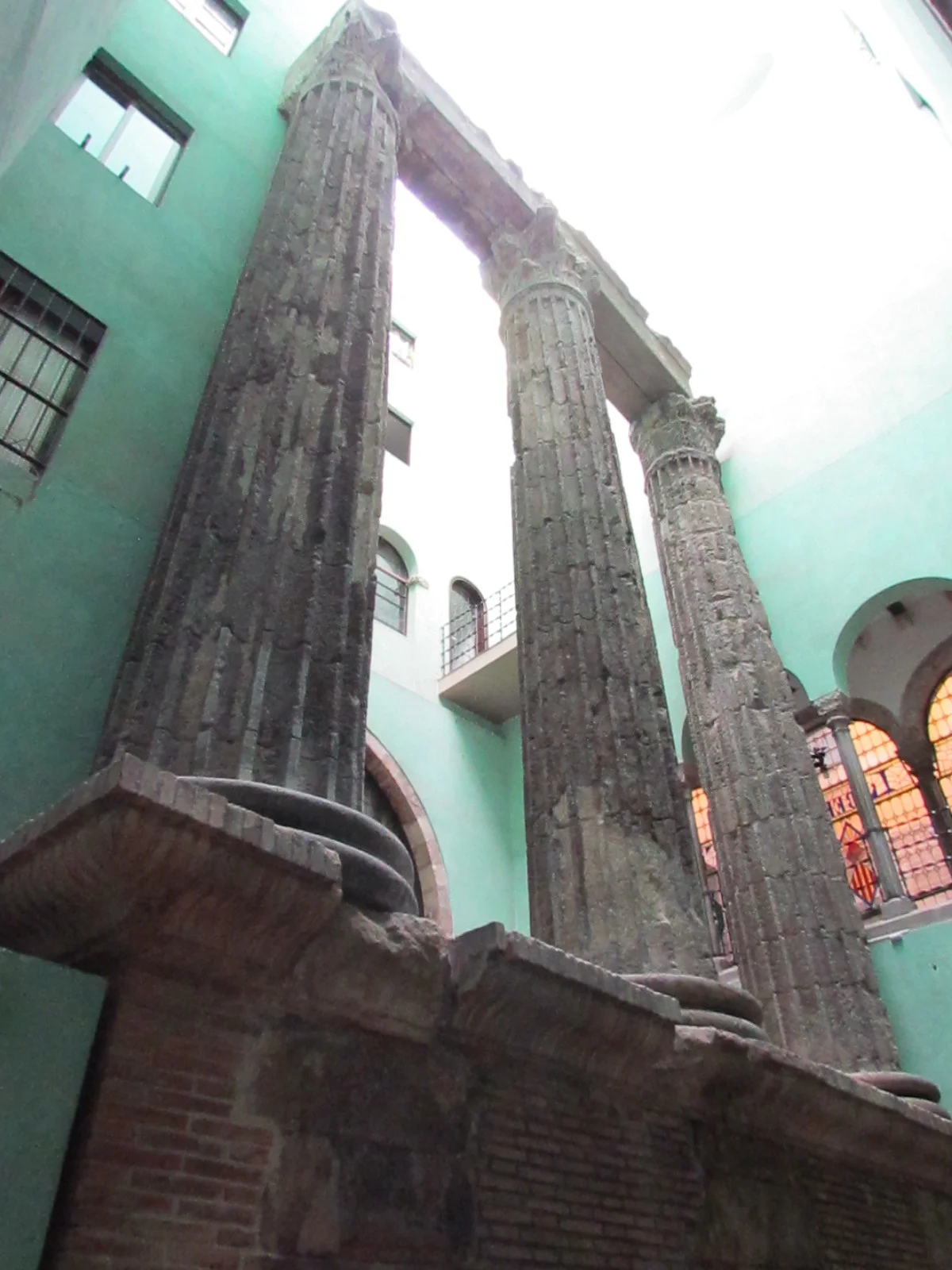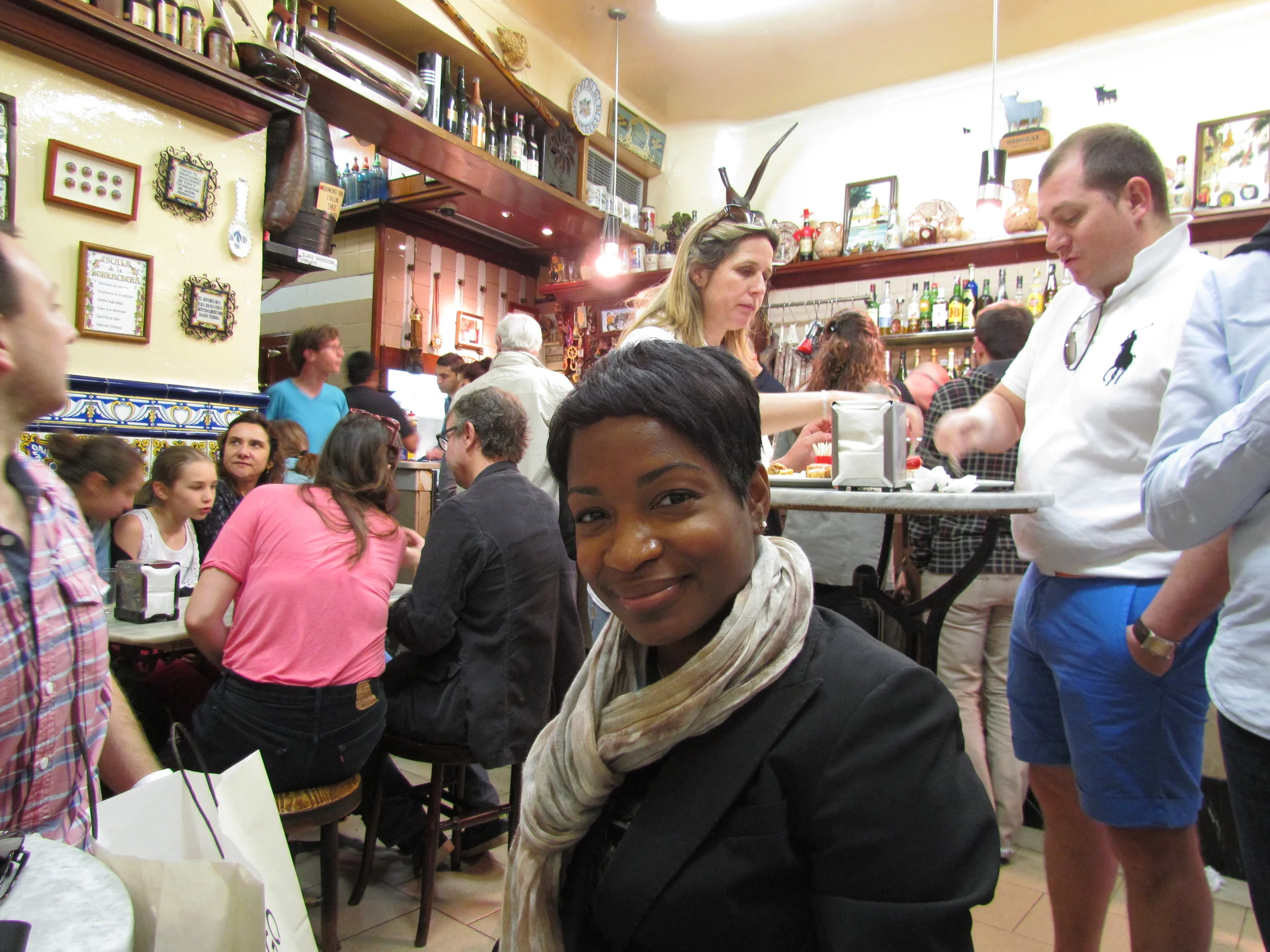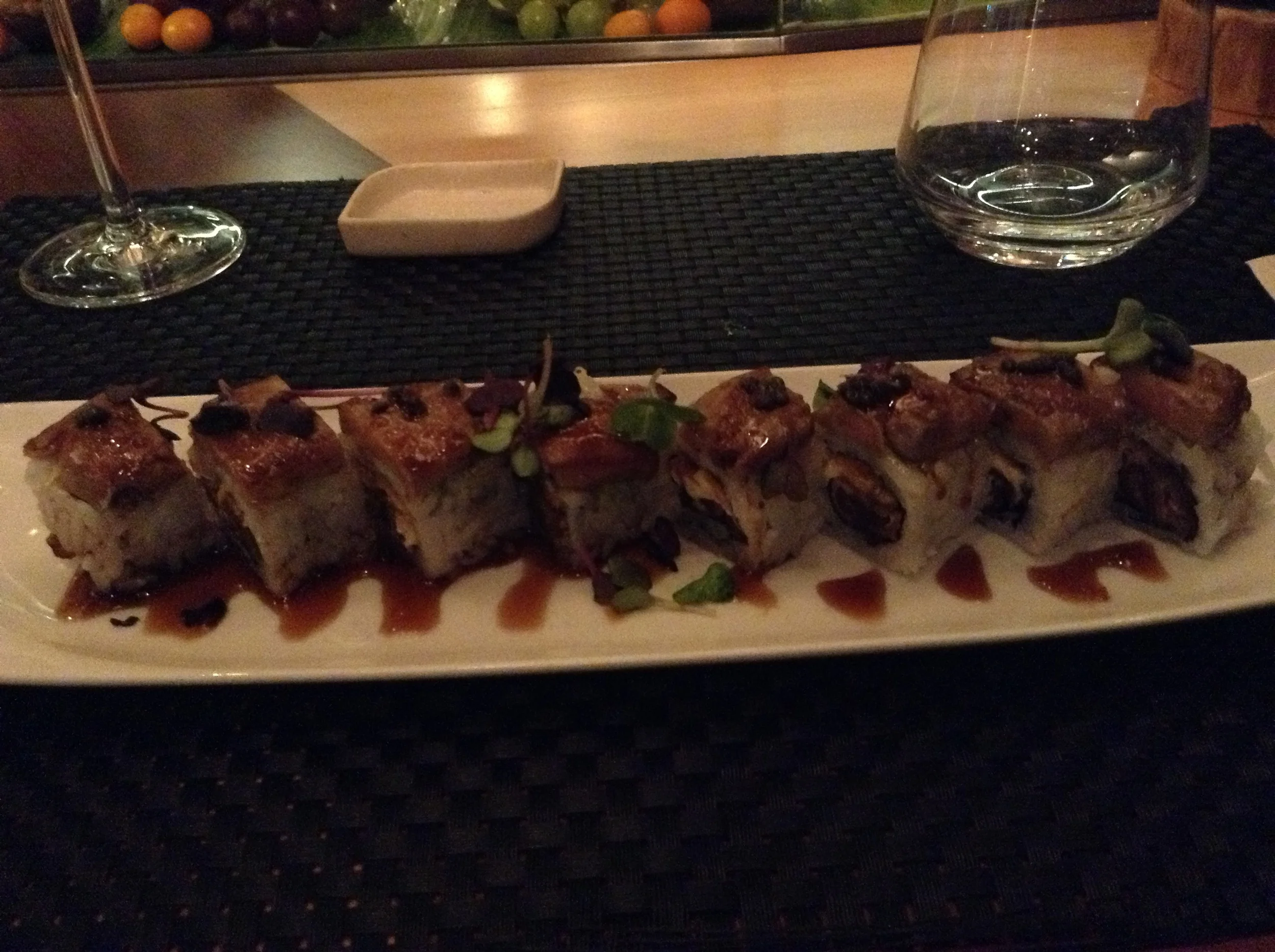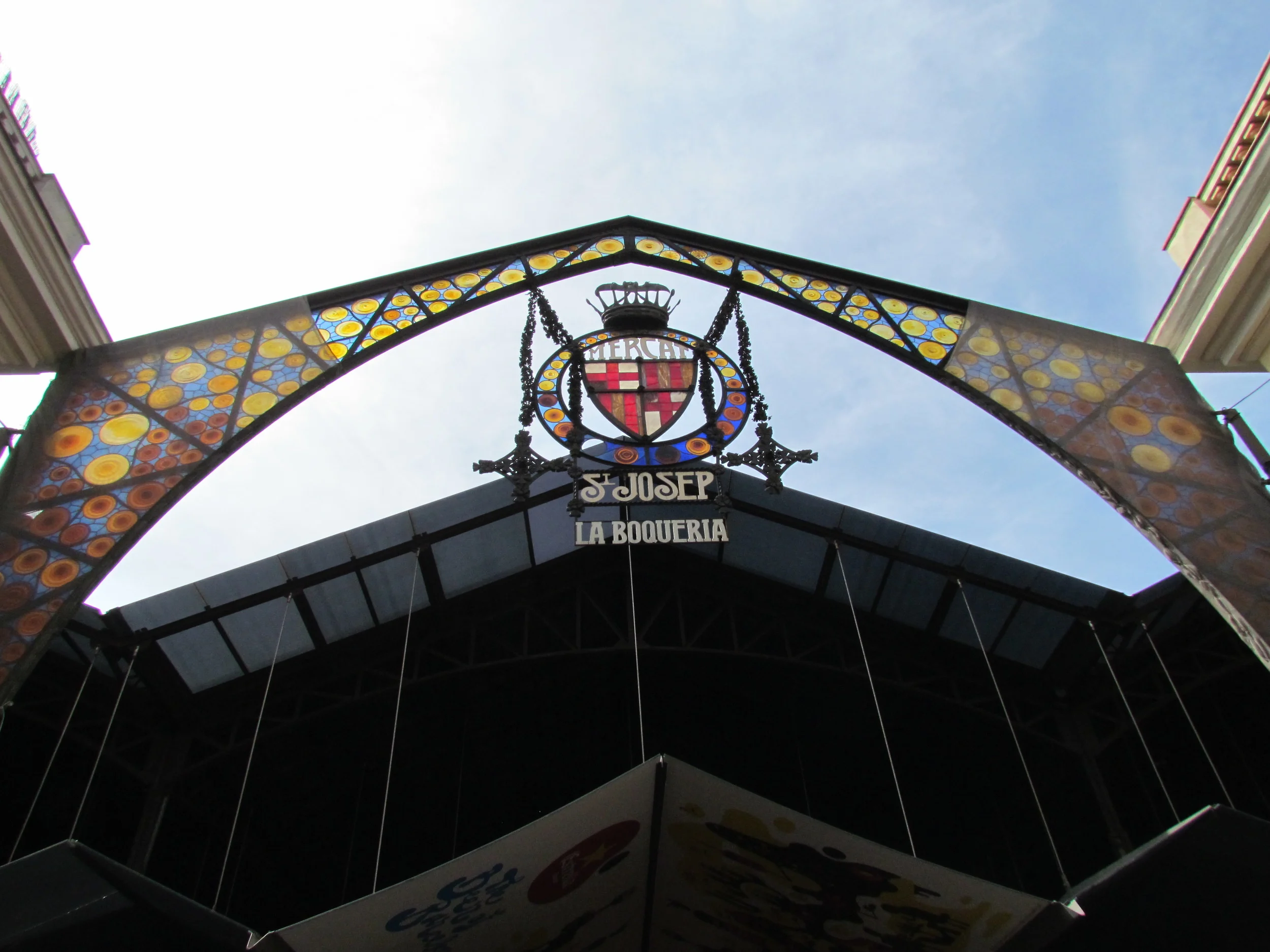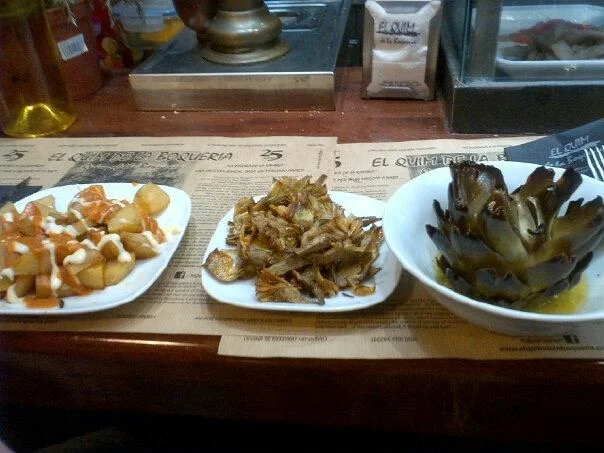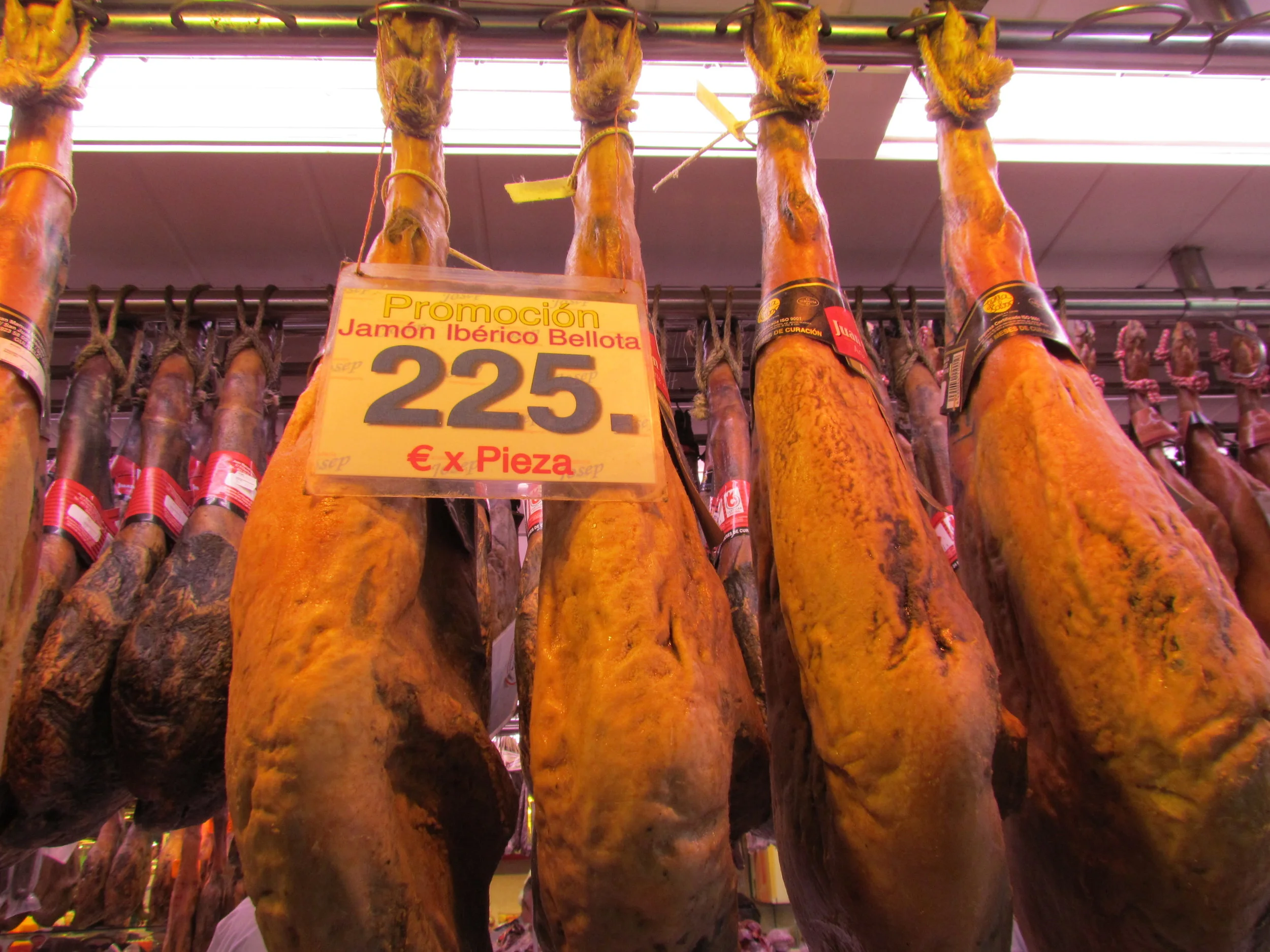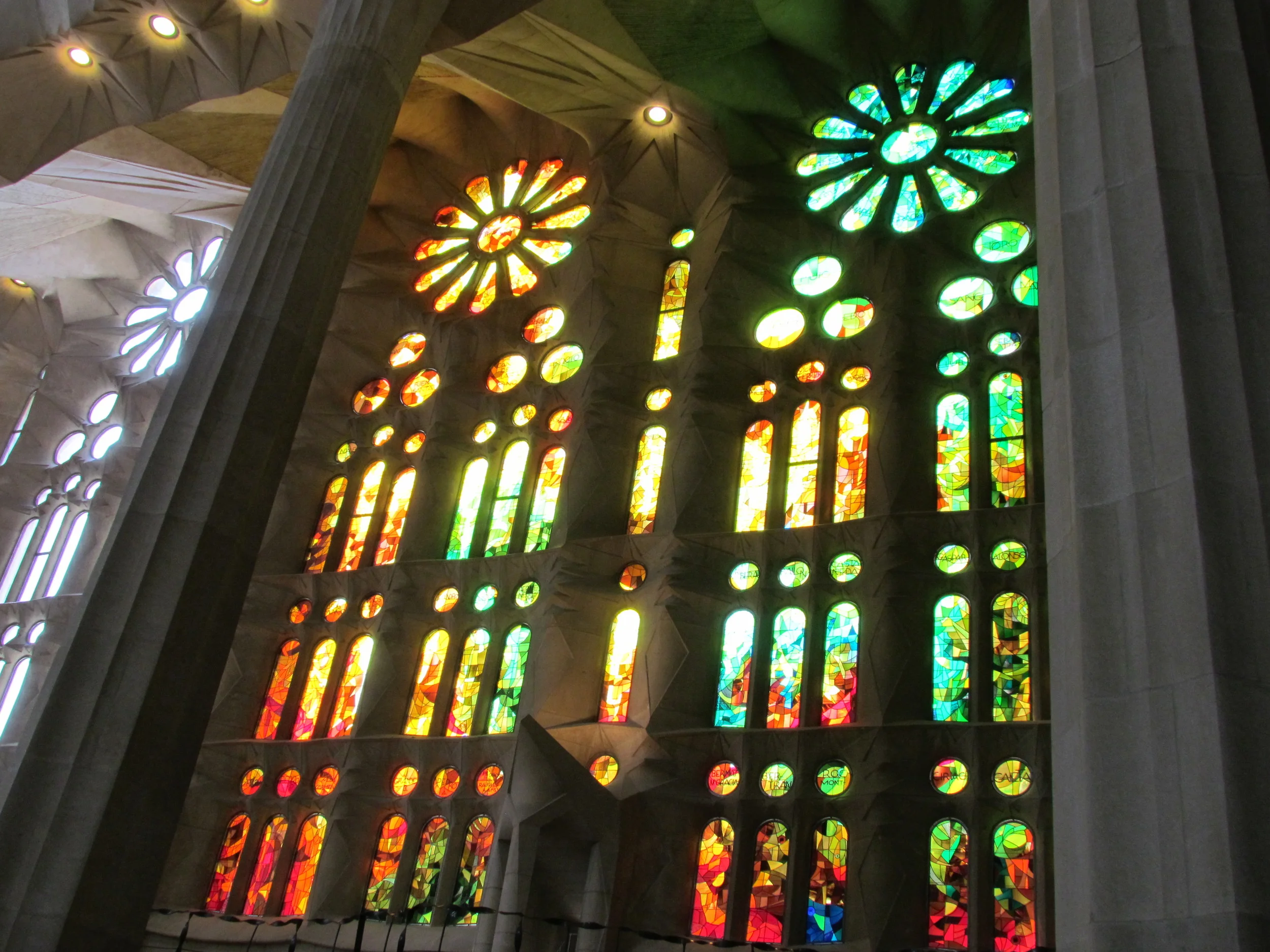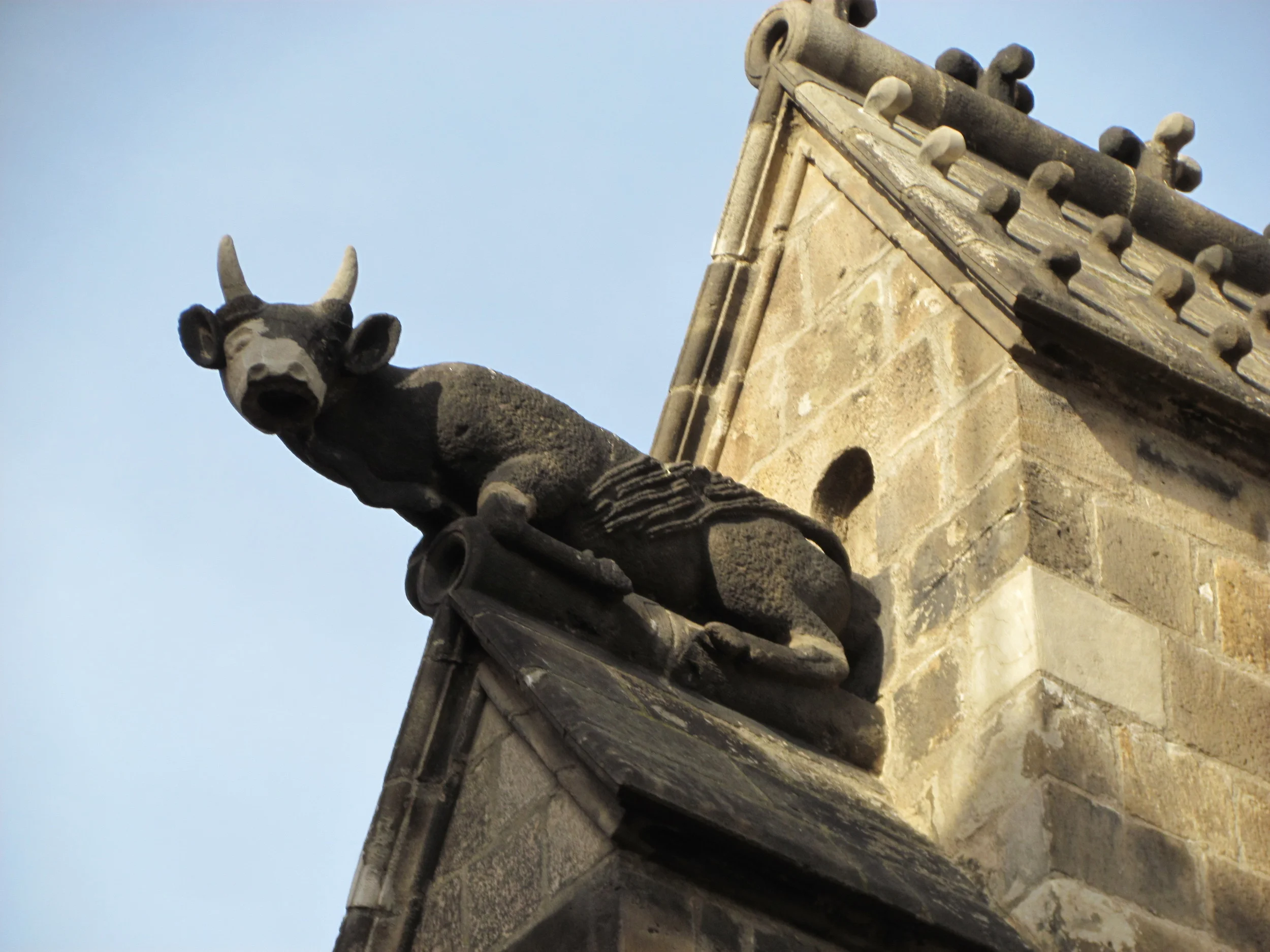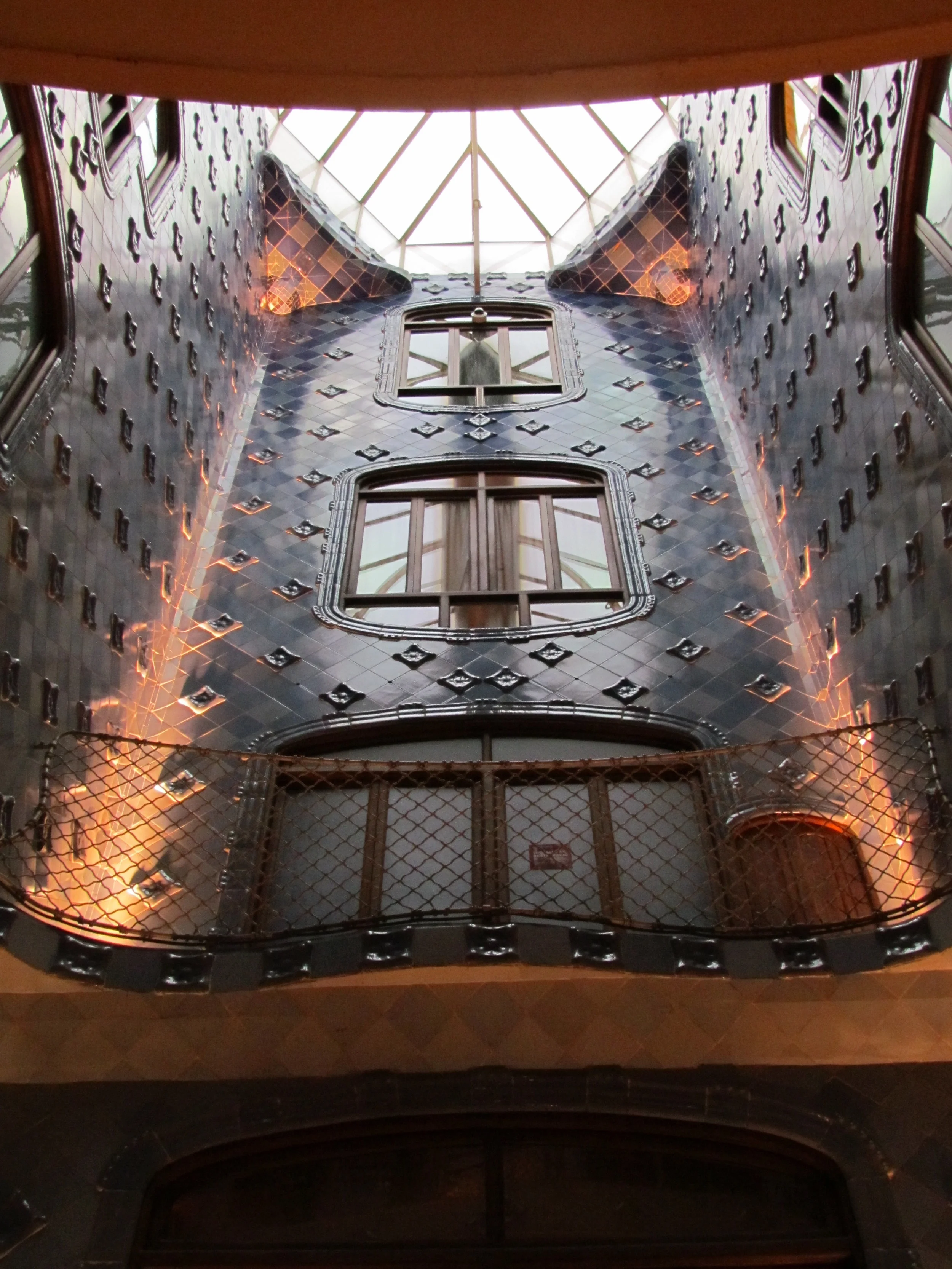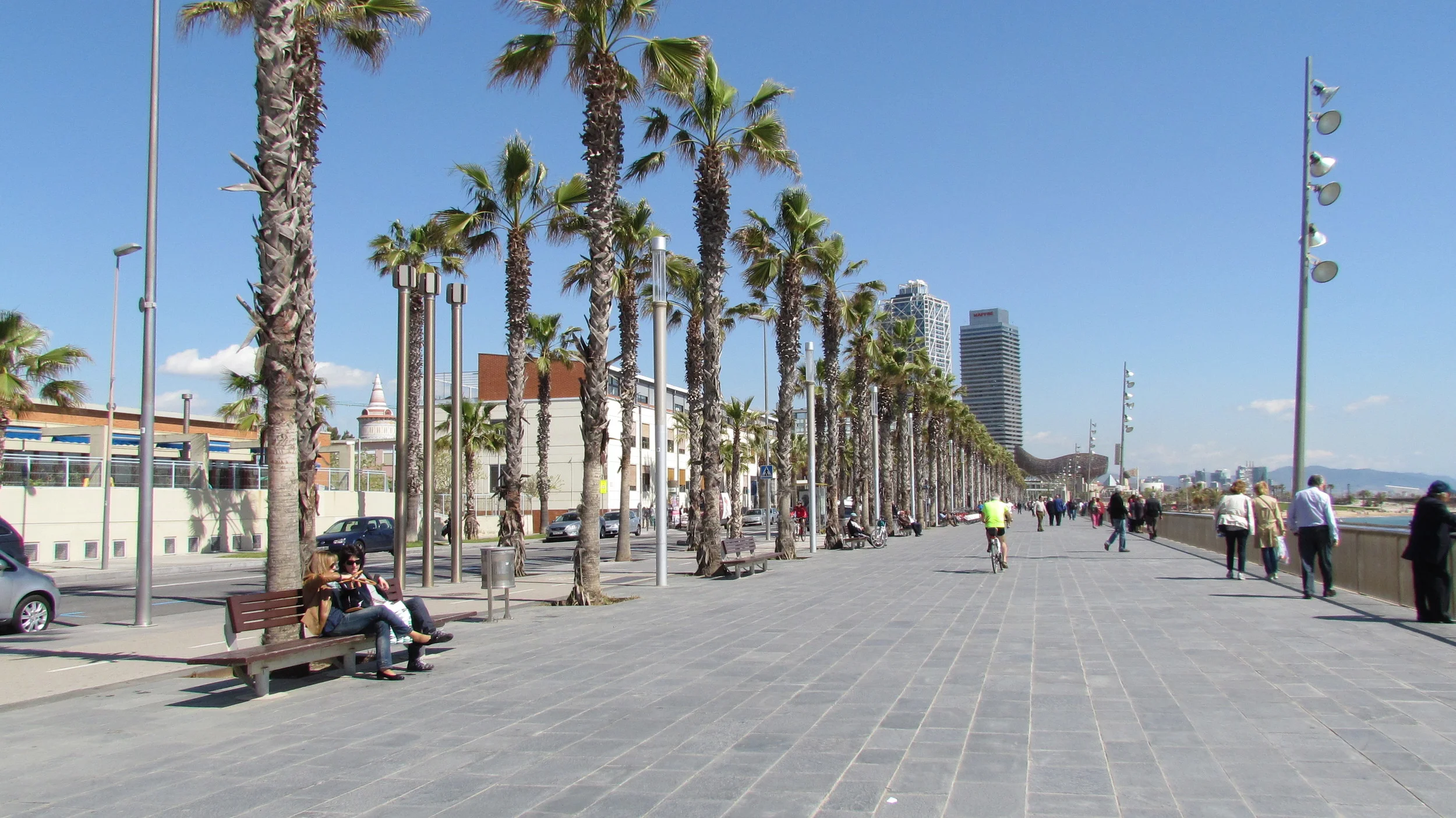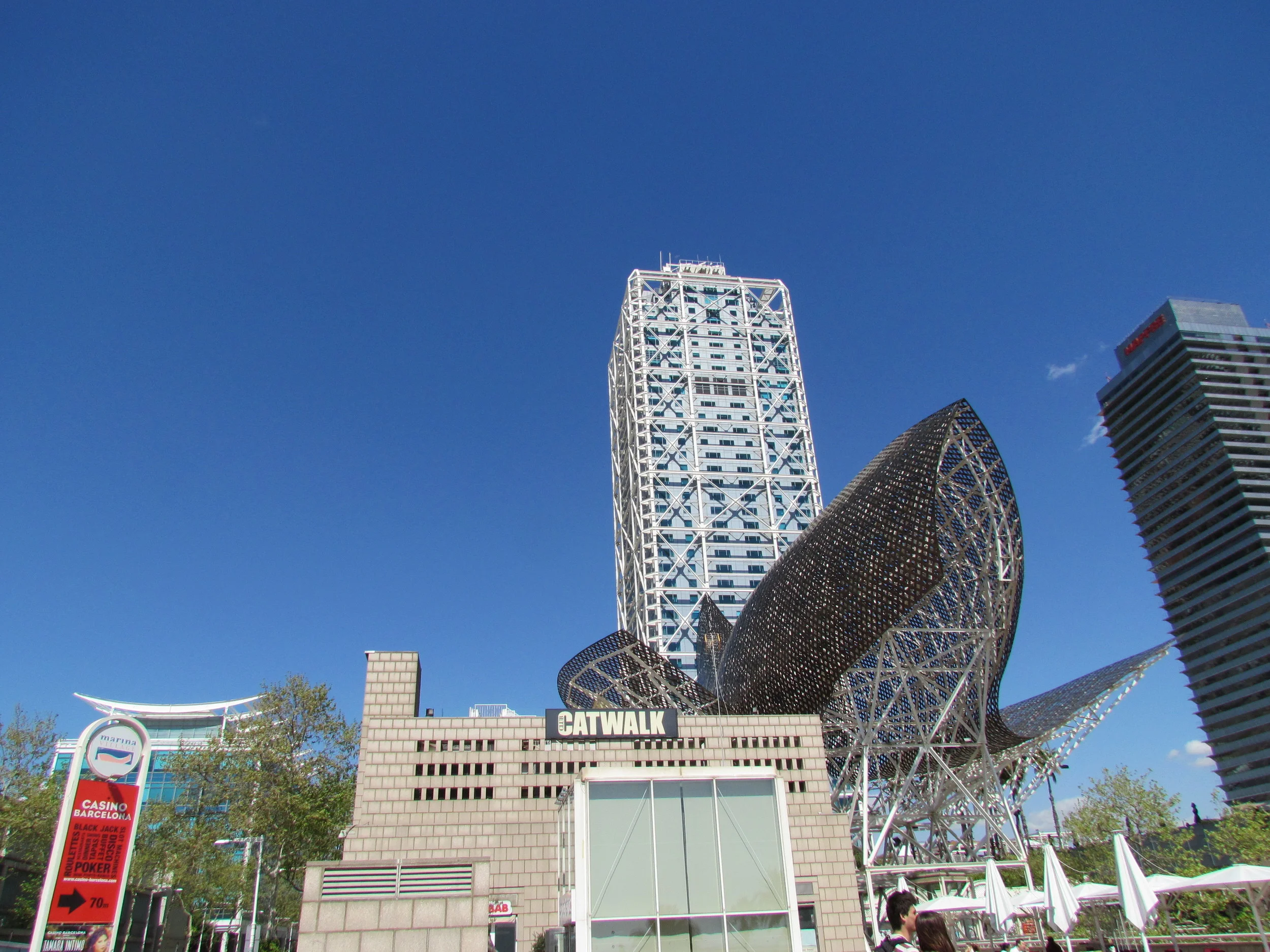Petite and Solo in Barcelona
I randomly decided to take a trip to Spain and chose to explore the city of Barcelona. It is Spain's second largest city and probably the most cosmopolitan and avant-garde. I loved this jewel located on the Mediterranean Sea with its old gothic streets, palm trees, beaches, museums, parks and very late nightlife. This Catalonian Oasis had so much history and charm, I know I will be back.
Petite and Solo Safety Factor
4.2 out of 5
I typically research all my cities and countries before I travel alone there. It's a way of preparing myself to embrace a new culture and to be safe and practical as I do this. Upon my research of visiting Barcelona, the same reoccurring theme presented itself : Beware of Pickpocketers! Barcelona is renowned for this according to all the sites I visited. With apprehension, I wondered if I should take the easy and reliable public transportation into the city from Barcelona-El Prat airport or just catch a taxi straight to my lodgings to avoid being accosted.
When I arrived in Barcelona, I took a cab and the driver did not speak English. I showed him my hotel address and got there early morning. My suite (I was upgraded) wasn't ready so the polite Concierge gave me a map, pointed out the interesting paths to explore in the area and I was off. The streets were filled with people heading off to work and I loved exploring Barri Gotic (the Gothic quarter), the original center of the old city of Barcelona. Many buildings date from Medieval times and some as far back as the Roman Settlement of Barcelona. I felt safe. I kept my crossbody bag close to me and walked around well past siesta time. The Catalans were not unfriendly, they simply went about their business. I kept my wits about me, did not see any gypsies or potential muggers. At night even after 11:00pm, the streets were filled with people just finishing off their dinner. It was a comfort to see this.
Barri Gotic
Accessibility
Barcelona is another city made for walking. It is well-planned out to get you from area to area and district to district. Any map you possess will be easy to use and read to ascertain your location. I highly recommend walking through Barri Gotic. Much of Gothic Quarter is a maze of narrow streets. It is an excellent area to get lost in its history and to explore its many cafes and bars. La Rambla is south of Barri Gotic. It is the city's most famous thoroughfare. La Rambla would be the area to watch out for pickpocketers.
The Metro system reminded me very much of Paris and was also very easy to navigate. Using the metro was useful for the sites that were a bit further away such as Park Guell or Montjuic. Each individual journey is about 2.15 euros. If you plan on using the metro all day and/or for several days, it makes sense to buy a travel card, the T-10. It works similarly to New York City's Metrocard. It will entitle you to 10 journeys on the metro.
Plaça Reiai
La Rambla
Single Girl Comfort
I have a girlfriend who lived in Barcelona for 4 months. She is of Caribbean descent. She once told me of an experience she had when a man mistaken her for a prostitute and propositioned her. If you met my friend you would never think such a thing of her. She told me that prostitution in Spain was decriminalized and many of the sex works are migrants from Latin America and Africa. Perhaps seeing this woman of color made this "John" believe she was a woman of ill-repute. During my visit, no one mistaken me for a streetwalker gratefully but I could not help think of the experience my girlfriend had. Should you be concerned of this sort of treatment as a solo traveler? I honestly don't think so. For me, I appeared to be a tourist with my Canon Power Shot camera strapped around me. I felt comfortable going to markets, dinner and cafes alone without experiencing any sort of disrespect. I did not get a sense of prejudice or racism from anyone. With my broken Spanish, I managed to communicate by greeting a merchant or restaurant server with a polite "Ohla!" and a smile. That got me everywhere.
Dining Solo and Confident
There were many options to dine solo in Barcelona without feeling uncomfortable. It is true that as a Spanish city, Barcelona is set up for group dining with family and friends but I researched and found cafes and restaurants that served dinners tapa-style for the lone diner and it did not feel awkward. In fact, dining on tapas (appetizer-like meals to be shared) will prove advantageous for a woman dining by herself. Having 3 or 4 tapas to mix and try along with Spanish Cava or wine will do. Other than my phone, I did not bring other distractions such as an iPad or a book with me during dinner. Barcelona is a city of culinary wonders and I did not want to take away from my experience. If you've mustered the courage to travel to foreign soil alone, dining solo will be a piece of cake and does wonders for self-confidence.
Great Places to dine:
Tapas, 24 - Carles Abellan's Tapas Restaurant best known for gourmet versions of old favorites.
El Xampanyet - Tapas Bar
Ikibana Parelelo - Brazilian/Japanese Fusion
El Mercat de la Boqueria - A diverse market near La Rambla. Great for lunch
Wayfarer Pointers
La Sagrada Familia
If you are in Barcelona, you must make a pilgrimage to La Sagrada Familia, a large Basilica designed by the famous architect Antoni Gaudi. You do not have to be Catholic to marvel at his work. Shock and awe is what came to mind when I first saw it. Sagrada Familia is unlike any Catholic church you will see in the world. Its size, uniqueness and boldness are breathtaking.
At the time of Gaudi's death in 1929, the church was only one-quarter complete. Til this day, construction continues however Gaudi's vision is still remarkably captivating. You will be in awe when you explore both the interior and exterior of the cathedral. It is best known for its elaborately detailed facades depicting the prophecy, life, death and ascension of Jesus Christ. It is truly a wonder to behold. You can also climb inside the completed towers for sweeping views of Barcelona. La Sagrada Familia is now a UNESCO World Heritage Site.
As this is the number #1 attraction to nearly 3 million visitors per year, expect very long queues, up to 2 hours in some cases. Please buy your ticket in advance online to save you time and needless frustration.
Catedral de Barcelona (La Seu)
Another cathedral I enjoyed visiting was La Catedral de Barcelona in Barri Gotic. It is a Gothic cathedral constructed from the 13th to 15th centuries with notable neo-gothic distinctions such as its roof's gargoyles and domestic and mythical animals. What I found most enjoyable was its secluded cloister with small chapels, gardens, fountains and amazingly, 13 geese! The roof-top is accessible by elevator inside the church building on the left side. On the roof, you get amazing sweeping views of Barri Gotic. You can visit the cathedral without paying an admission fee. To visit the roof, admission fees vary throughout the day from 2.80 euros to 6 euros.
Casa Batllo
Casa Batllo is another masterpiece by architect Antoni Gaudi in the form of a building. It is one of two great buildings on Passeig de Garcia, the other being La Pedrera. As you take one look at the exterior of the facade decorated with a colorful mosaic of broken ceramic tiles, "Skull" balconies, pillars in the form of "bones", and its roof in the form of the back of a dragon, you will be in wonderment. The well-known prestigious family headed by Josep Batllo owned the home in 1900. It is a perfect example of Spanish Modernisme or Art Nouveau. Visiting this marvel for a couple of hours should not be missed. I visited Casa Batllo in the late afternoon and found the queue to be short. Purchasing your ticket in advance is recommended and it includes an audio guide.
Park Guell
Park Guell, commissioned by Count Eusebi Guell, was originally supposed to be a stylish park for the Spanish aristocracy and officially opened as a public park in 1926. As I took the Metro to Garcia and climbed the stairs leading to Carmel Hill, I couldn't contain my excitement. The walk from the station is about 20 minutes and the last 200m walk is up the steep hill. As I approached Park Guell, I felt like Alice entering Wonderland. This public park system is another face of Catalan Modernism designed by Antoni Gaudi. In this park composed of gardens and architectonic elements, it is here that Gaudi unleashes all his genius and put into practice his organic style. You will notice many similar elements from La Sagrada Familia here. Due to its size, 3 to 4 hours exploring the grounds is suggested.
Platja de la Barceloneta
Barcelona has several beaches lining its shores but one of the oldest and best accessible is Platja de la Barceloneta or Barceloneta Beach. It is a 4.2km golden sand beach bordering the Mediterranean Sea and about 10 minutes from the city center. I walked from La Rambla and it took me about 20 minutes to get there. Located on this fabulous beach are beach bars, restaurants, art structures and a palm tree lined boardwalk. It is worth a visit.
Wander and Shop
There are two things that I coveted most during my trip to Spain - handmade espadrilles and Spanish Saffron.
One of the best places to have espadrilles actually made for you in Barcelona to your specifications and style is at La Manuel Alpargatera. La Manuel Alpargatera is located on a narrow street in the Born District near Barri Gotic. This espadrille workshop was the first and has been around since 1940. Once you find it and walk inside, you are surrounded by a plethora of different materials, colors and designs to chose from to have your espadrilles made. If you do not have the time to wait to make your special pair, you may also shop their lovely array of designs already on display in any size available. I walked out with two pairs and came back for my custom pair of Spanish espadrilles.
Saffron is a spice derived in threads from a flower called Crocus. Crocus is a high-maintenance flower that can be fickle. Each flower, which blooms about a week of the year, produces about 3 stamens which are picked by hand with delicacy. Then they are dried. This process is labor intensive and about 150 flowers are needed to produce a single gram of saffron. A pound of saffron can cost anywhere between $2,000 to $10,000 depending on the quality. When purchased in small quantities from a reliable source, saffron is definitely worth buying. Spanish "Safra" which is high quality, is relatively available and also strictly regulated. Saffron is what give Paella its rich flavor, wonderful aroma and vibrant orange-yellow color. I purchased my Spanish saffron from Casa Gispert. They are the 2nd oldest distributor in Barcelona. Casa Gispert is located in the Born District, very close to the Picasso Museum and near Barri Gotic. They also sell an assortment of organic products, extra virgin olive oils, nuts, Catalan chocolates, vinegar and wine.



